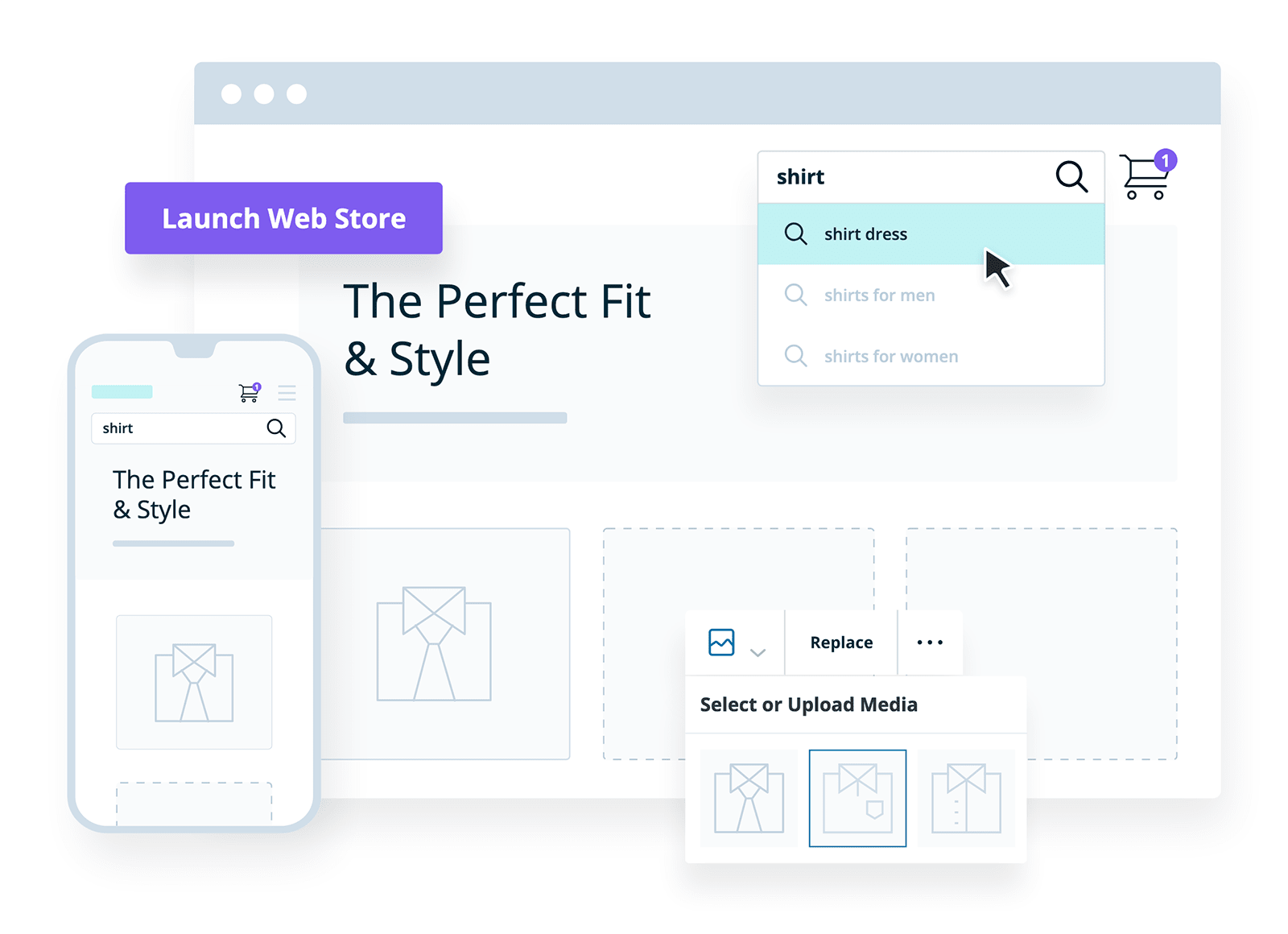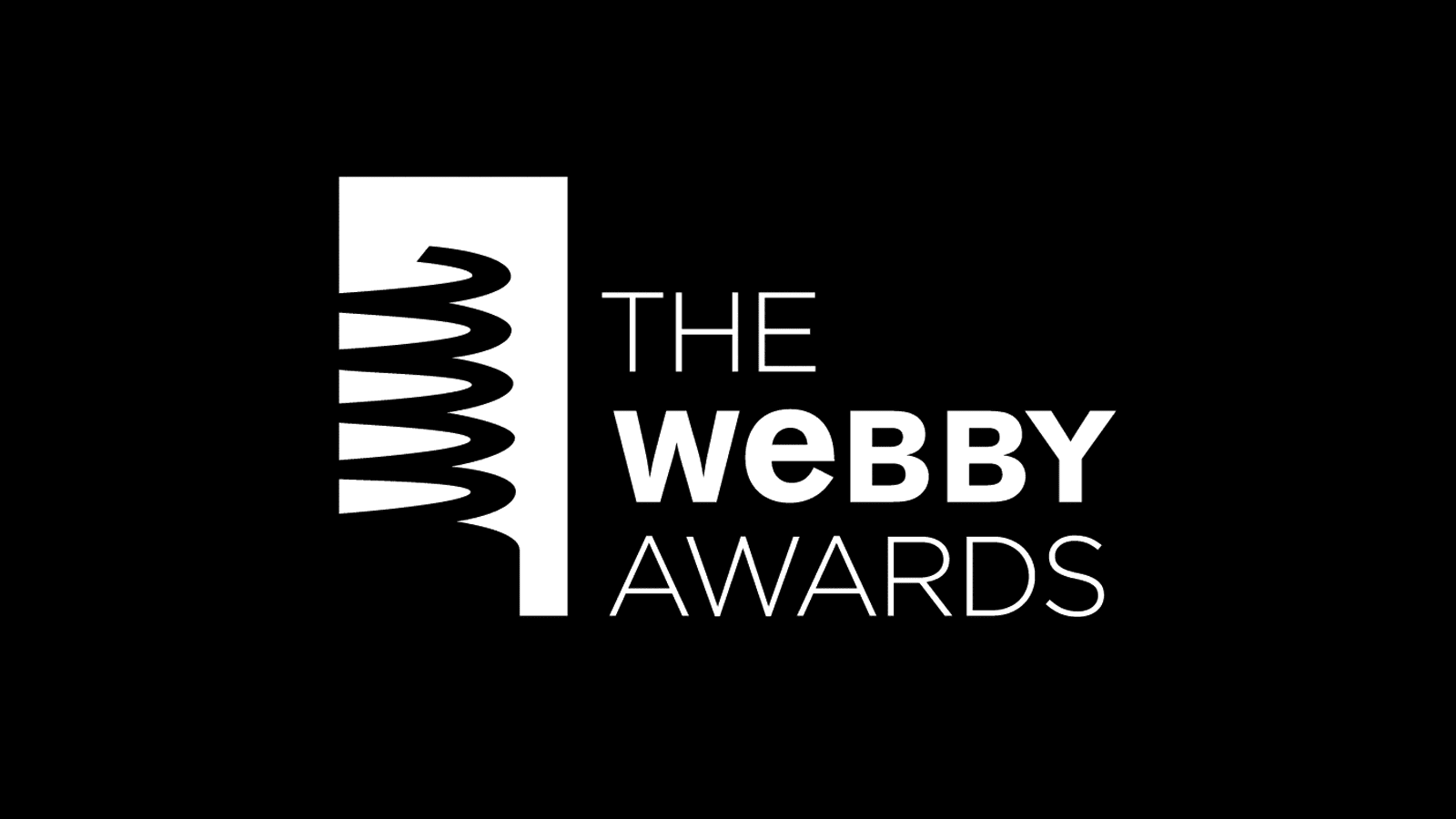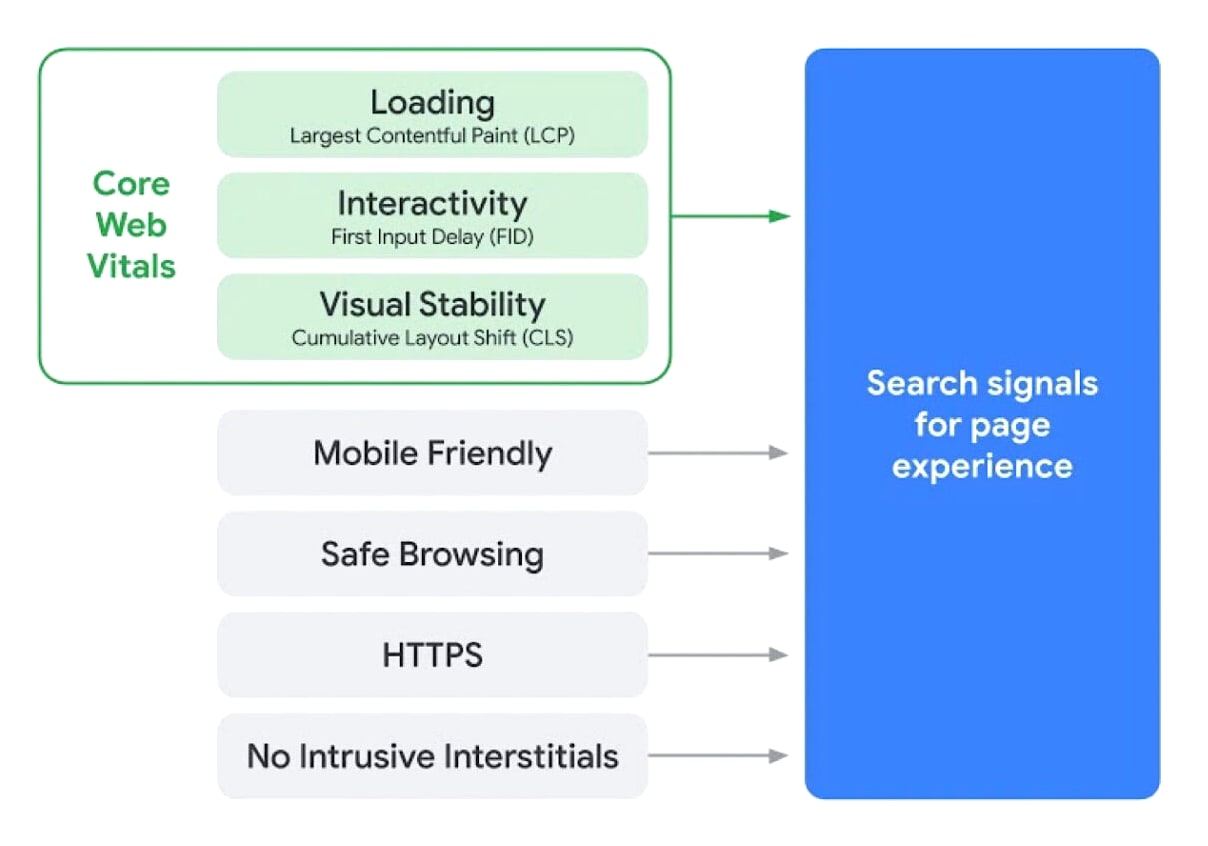10up Uncovers Security Vulnerability in FileBird WordPress Plugin, Update Now Available

As a leading contributor to WordPress, 10up is committed to the cultivation of a vibrant, collaborative, and healthy open-source ecosystem. We strive to strengthen open platforms and tools through responsible stewardship, and embrace the concept that “given enough eyeballs, all bugs are shallow.”
Last week, that work included helping a popular WordPress plugin with 90,000+ installs fix a critical security vulnerability.
Read More on 10up Uncovers Security Vulnerability in FileBird WordPress Plugin, Update Now Available







